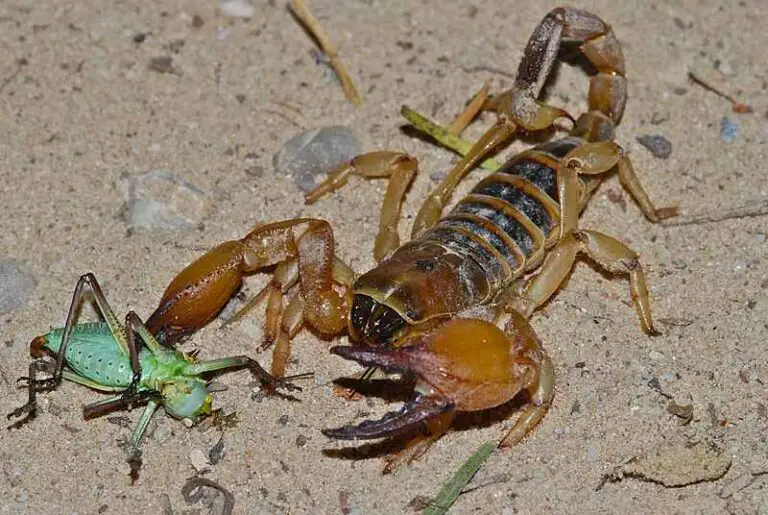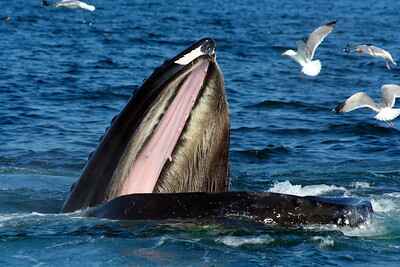3 Components of Urban Ecosystems Explained
Components of urban ecosystems are; plants, animals, microbes, soil, water, air, nutrients, climate, topography, human populace, activities, impacts, and socioeconomy. They can be broadly categorized into three main components of urban ecosystem; which are biosphere, geosphere, and anthroposphere.
This article discusses the components of urban ecosystems, as outlined below;
1). Biosphere (as one of the Components of Urban Ecosystems)
The biosphere encompasses all biotic factors or components of an urban ecosystem; such as plants, animals, and microbes [5].
Plants in an urban ecosystem are mostly ornamental; and used for decorative purposes in residential and commercial areas.
Sustainable agriculture is also practiced in urban ecosystems, so that some agricultural plant species also occur.
Urban ecosystem animals include domesticated and non-domesticated species.
Non-domesticated or wild urban animals include generalist species that are capable of adapting and surviving in a broad range of environments; including racoons, deer, skunks, opossums, red foxes, squirrels, coyotes, and bats [7].
Microbes like bacteria have become widespread and highly adapted in urban ecosystems [8]. These microbes exhibit a high level of diversity, especially in areas where soil is not affected by degradation, and plant cultivation is active [2].

2). Geosphere
The geosphere is a major component of urban ecosystem, which encompasses other components (or 'sub-components') like soil, water, air, nutrients, climate, drainage, and topography. These are the abiotic factors in an urban ecosystem.
(Water can be categorized as a distinct major component itself- hydrosphere. It may also be categorized as a subcomponent of the geosphere in this case due to the close geochemical/geodynamic link between the two).
Soil is a very crucial component of urban ecosystems, and plays a central role in the sustenance of life.
Other abiotic factors in an urban ecosystem like nutrients, water, and climate, are directly or indirectly influenced by soil.
Also, biotic factors are dependent on soil for their survival and wellbeing, including microbes that live in soil, plants that grow on soil, and other organisms that depend on plants for food.
Urban soils play a role in processes like biodegradation, infiltration, evaporation and carbon sequestration; all of which lead to recycling of natural resources and regulation of the environment [6].
Soils also bear direct relationship to energy resources that are extracted from the Earth's subsurface and used to generate electricity for most urban socioeconomic activities, as well as minerals and raw materials used for various forms of production.
Water resources are also important to urban ecosystems, as they play a key role in many essential processes that directly affect public health [3].
The presence, and effective management of sufficient water resources is equivalent to increased prospects of economic growth in urban ecosystems.
For this purpose water conservation practices like greywater recycling, general wastewater treatment, sustainable irrigation, and water dam construction are carried out in large urban centers.
Water is also a clean, renewable energy resource that can be used in hydro energy systems to generate electricity.
On the other hand, mismanagement of water resources in urban ecosystems can have dire consequences, such as stormwater pollution, flooding, and associated economic and safety risks.
Air, climate, and topography are other abiotic components of urban ecosystems that can be affected by human activities; and which in turn can affect the quality of the urban ecosystem.
3). Anthroposphere (as one of the Components of Urban Ecosystems)
The anthroposohere is the part of the environment or ecosystem that has been fully dominated and modified by humans and their activities [4].
In urban ecosystems, the anthroposphere is a prominent component, since the entire ecosystem is affected significantly by humans. Anthroposphere include the human populace, socioeconomy, activities, and impacts.
These may be observed in the form of built environments where soil, water, vegetation and even air quality have been altered by humans.
The anthroposphere has a very important history with respect to human survival on Earth. This history can be traced to early agricultural settlements that underwent urbanization as the resident human population and its needs increased [1].
Currently, the anthroposphere is important as the center and facilitator of modern civilization, technology, and human adaptation.
It has both positive and negative prospects, because human activities can have harmful environmental impacts that pose a threat to the sustainability of general life on Earth.

Conclusion
Main components of urban ecosystems are;
1. Biosphere
2. Geosphere
3. Anthroposphere
References
1). Baccini, P.; Brunner, P. H. (2012). "Metabolism of the Anthroposphere: Analysis, evaluation, design (2nd edition)." The MIT Press, ISBN: 9780262016650. Available at: https://doi.org/10.7551/mitpress/8720.001.0001. (Accessed 21 January 2023).
2). Barrico, M. L. C.; Castro, H.; Coutinho, A.; Gonçalves, M. T. S.; Freitas, H.; Castro, P. C. (2017). "Plant and microbial biodiversity in urban forests and public gardens: Insights for cities’ sustainable development." Urban Forestry & Urban Greening 29. Available at: https://doi.org/10.1016/j.ufug.2017.10.012. (Accessed 21 January 2023).
3). Han, H.; Ii, H.; Zhang, K. (2019). "Urban Water Ecosystem Health Evaluation Based on the Improved Fuzzy Matter-Element Extension Assessment Model: Case Study from Zhengzhou City, China." Mathematical Problems in Engineering 2019(2):1-14. Available at: https://doi.org/10.1155/2019/7502342. (Accessed 21 January 2023).
4). Kuhn, A.; Heckelei, T. (2010). "Anthroposphere." Available at: https://doi.org/10.1007/978-3-642-12957-5_8. (Accessed 21 January 2023).
5). Mollashahi, H.; Szymura, M. (2022). "Urban Ecosystem: An Interaction of Biological and Physical Components." Biodiversity of Ecosystems. Available at: https://doi.org/10.5772/intechopen.97742. (Accessed 21 January 2023).
6). O'Riordan, R.; Davies, J.; Stevens, C.; Quinton, J. N.; Boyko, C. (2021). "The ecosystem services of urban soils: A review." Geoderma 395(3):115076. Available at: https://doi.org/10.1016/j.geoderma.2021.115076. (Accessed 21 January 2023).
7). Strauss, B. (2019). "The 10 Most Common Urban Animals." Available at: https://www.thoughtco.com/urban-animals-4138316. (Accessed 21 January 2023).
8). Whitehead, J.; Roy, J.; Hempel, S.; Rillig, M. C. (2022). "Soil microbial communities shift along an urban gradient in Berlin, Germany." Front Microbiol. 2022 Aug 12;13:972052. Available at: https://doi.org/10.3389/fmicb.2022.972052. (Accessed 21 January 2023).




